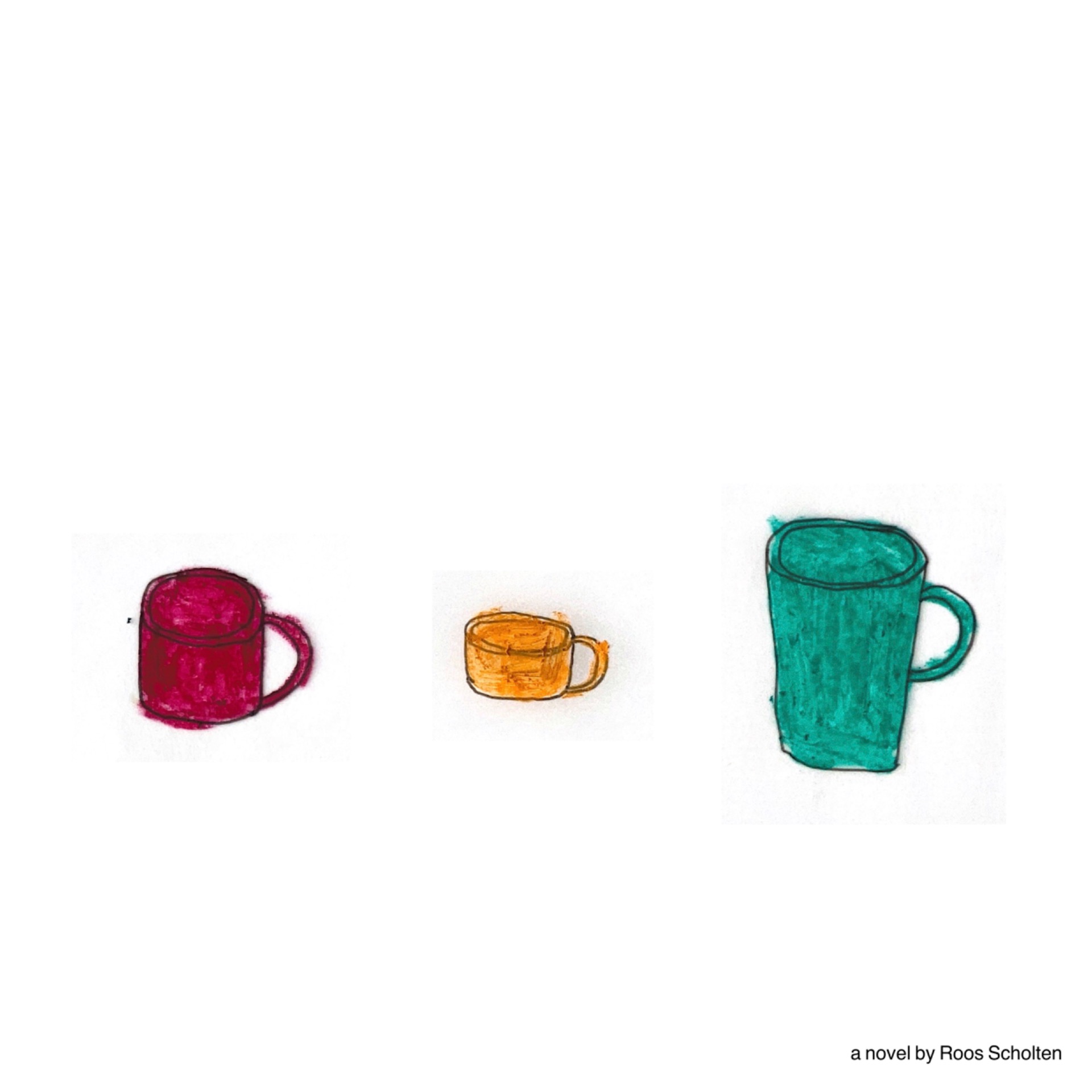Freedom Studio
Opdracht
Door middel van een graphic novel werden enkele weken besteedt aan het onderzoeken van verschillende woonvormen. Een kavel bij de Antwerpse haven bij t'Eilandje moest een simpel bouwblok gaan bevatten. Door het maken van een verhaal over deze woonvormen werd het ontworpen gebouw zichtbaar gemaakt.
Uitvoering
Een woonvorm is onderzocht waarbij mensen naar eigen invulling ruimtes konden gaan gebruiken. Door het teruggeven van ruimte in de galerijen ontstonden er extra binnen-buiten plekken. De woonvorm werkt met een systeem waar iedereen welkom is, mits hij/zij iets bijdraagt. De enkel 'lege' kamers zijn geïnspireerd op Vassal.
Klik op de afbeelding om de volledige graphic novel te kunnen lezen.
Achtergrond Studio
What does freedom mean, for whom, and how can it be defined in terms of architecture and urban design? From the early 20th century, many architects have reflected on this question. In the 1930s, Frank Lloyd Wright, for instance, began developing Broadacre City, a utopian urban model that was to allow Americans greater freedom by giving each citizen one acre of land on which they could grow their own crops. In the 1960s and 1970s, numerous conceptual models were developed – some of which were (partially) built – that sought to give people greater agency in the shaping of their environment. Think, for instance, of John Habraken's theory of Open Building. From the 1980s then, under neoliberalism, which literally signifies 'new freedom', individual freedom and self-expression were increasingly celebrated, resulting in different kinds of architectural and urban experiments. Around the turn of the 21st century, an increasing number of architects subscribed to the belief that the best response to our contemporary 'liquid modernity' is to design spatial frameworks in which change can occur. Andrea Branzi's Agronica is a good example of this trend. What this short list of examples demonstrates is that the consideration of 'freedom' in architecture and urban design is highly dependent on the place and time in which it emerges, as well as on one's understanding of freedom. This studio will examine what freedom (might) mean in architecture and urban design today, and how our urban environment might change as we weigh individual freedom against civil liberties and 'the common good'. Students will design a work-dwelling complex that offers housing for 50- 150 people in an inner-city plot in Antwerp. The final design should be presented in the form of a short story graphic novel that follows one day in the lives of three different occupants/ inhabitants/users of the work-dwelling complex. It should clarify how the design promotes freedom as understood by these protagonists, and how they weigh the importance of (individual) freedom against civil liberties and the common good
